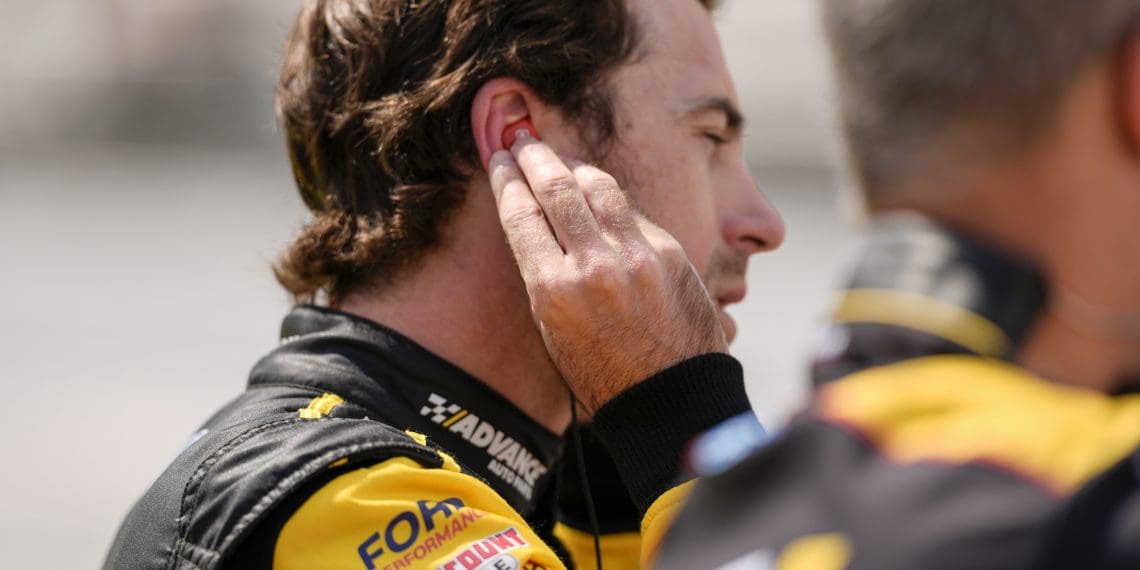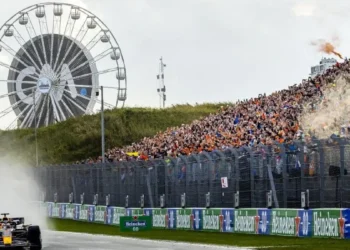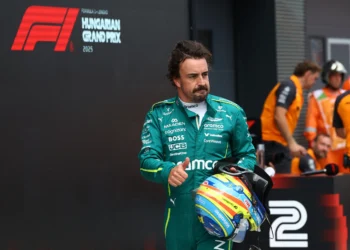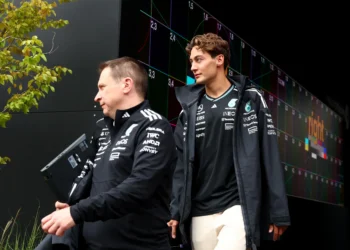Roger Penske’s Short Track Maestro Unleashes Fury on NASCAR’s Controversial Next-Gen Package
In a jaw-dropping display of dominance, Kyle Larson stole the show at Bristol Motor Speedway by leading an astounding 441 out of 500 laps. While some may applaud his performance, seasoned short-track racing enthusiasts recognize this as the unsettling new norm. The Next Gen era has undeniably crowned track position as the ultimate ruler, prompting calls for urgent revisions to the superspeedway package. Amidst the clamor for change, the clamoring voice of Ryan Blaney from Team Penske reverberates after the recent All-Star race, shedding light on both the positives and negatives of the iconic track’s spectacle.
Despite the allure of the promoter’s gimmicks and format, the race at Bristol showcased moments of exhilarating competition. Joey Logano’s 139-lap lead seemed unassailable until Christopher Bell flexed his muscles. A late-race strategic gamble involving two tires set the stage for a nail-biting showdown between Bell and Logano, leaving spectators electrified. The event left many pondering whether this was, in fact, the pinnacle of short-track racing in the Next Gen era.
However, Blaney remains a skeptic amidst the hype, citing valid concerns. Reflecting on last year’s Bristol race characterized by tire wear dynamics, where Denny Hamlin clinched victory through strategic tire management, Blaney underscores the need for NASCAR to address persisting issues. The cancellation of promising option tires by NASCAR following the Bristol event has only fueled Blaney’s apprehensions.
Blaney advocates for substantial improvements to enhance on-track racing with the Next Gen car. Drawing from his firsthand experience in securing victories at challenging tracks like Martinsville Raceway and Iowa, Blaney emphasizes the criticality of enabling race-winning passes. He laments the diminished efficacy of the current car in following closely behind competitors, contrasting it unfavorably with its predecessor.
The scarcity of multi-groove racing options at short tracks leaves drivers with limited overtaking opportunities, primarily confined to the inside lane. Unlike Xfinity cars, the Next Gen machine exhibits minimal aero-sensitivity, rendering traditional tactics like side drafting less effective. Faced with the lead car’s adeptness at blocking advances, drivers resort to aggressive maneuvers like the bump and run, underscoring the pressing need for substantive reforms.
The specter of the tire experiment looms large, with NASCAR’s tepid response failing to assuage concerns. Denny Hamlin’s vociferous advocacy for heightened engine power as a potential remedy has garnered traction within NASCAR circles. The prospect of augmenting horsepower to invigorate racing dynamics beckons as a plausible solution to the prevailing malaise.
As NASCAR contemplates the feasibility of elevating engine power to inject new life into racing, the sport stands at a critical juncture. The stakes are high as stakeholders converge to deliberate on pivotal changes that could redefine the sport’s future trajectory. Amidst the fervent calls for innovation and revitalization, the onus lies on NASCAR to heed the clarion call for transformative action.
In a sport teetering on the brink of reinvention, the impassioned plea of Roger Penske’s short track maestro echoes loud and clear, underscoring the urgency for substantive reforms to salvage NASCAR’s luster in the Next-Gen era.













